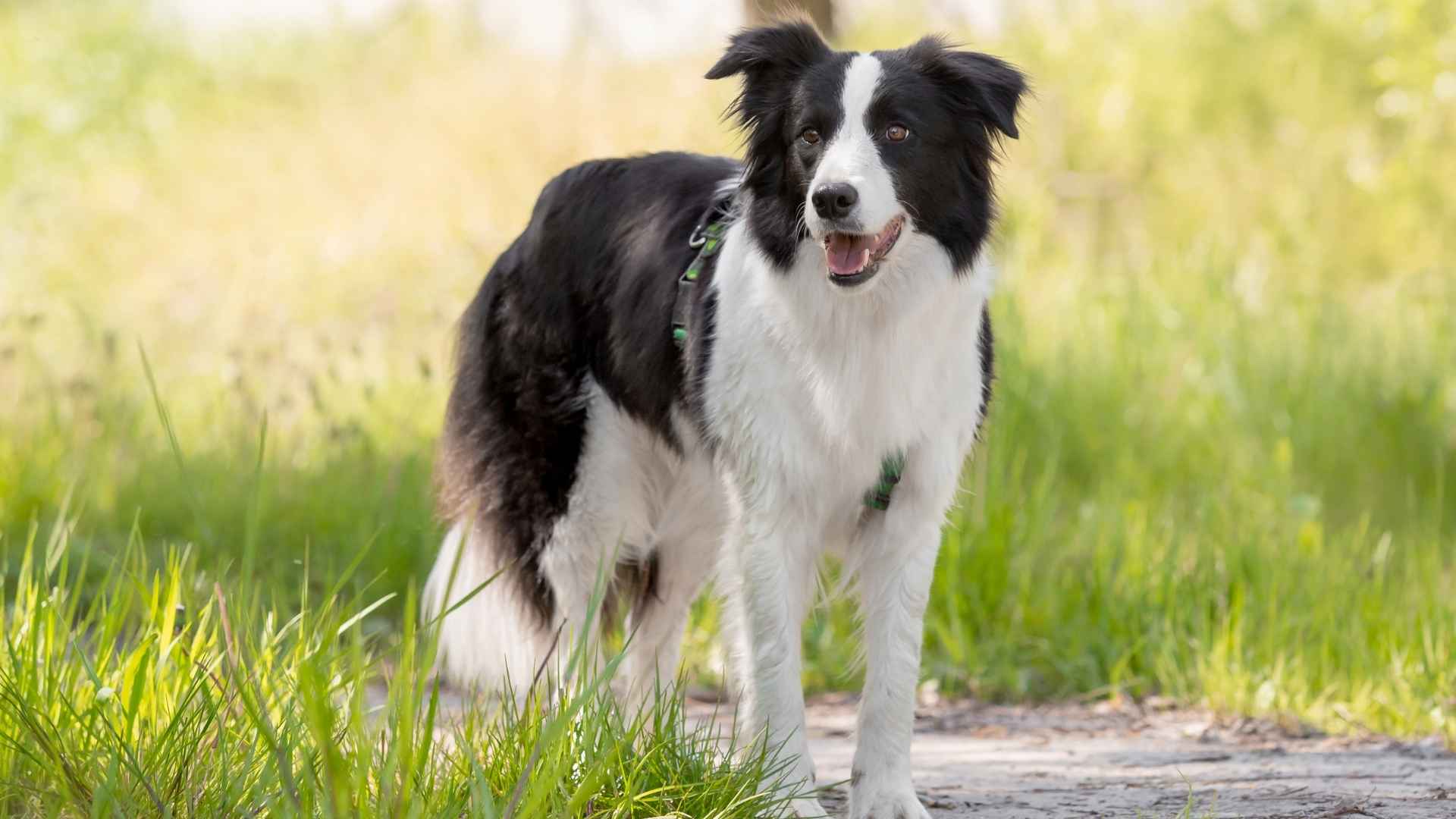Shepherd dog breeds are among the most intelligent and hardworking members of the canine world. Originally developed to help humans manage livestock, especially sheep, these dogs have been indispensable partners on farms and pastures for centuries. Their name, “shepherd,” quite literally means “sheep herder,” and that legacy runs deep in their instincts and behavior.
While many of these breeds proudly wear the “shepherd” title, others were bred for the same purpose but bear different names, making them a delightful surprise to those unfamiliar with their history. What unites them is a shared love for work, mental challenges, and a fierce dedication to their human companions. Beyond herding, these agile and alert dogs now thrive in roles like search and rescue, police work, and service tasks.
Physically, shepherds often have muscular, lean builds and thick double coats that suit them for outdoor work. But what truly sets them apart is their unmatched drive and energy, traits that make them both impressive working dogs and loyal, lively companions in the right homes.
Shepherd Dog Breeds
1. Australian Shepherd
Despite what their name suggests, Australian Shepherds aren’t from Australia; they trace their roots to the Pyrenees Mountains of Europe. These hardworking herders traveled with Basque shepherds to Australia and eventually made their way to California, where ranchers mistakenly assumed their origin.
The name stuck, but their instincts and talents clearly align them with classic shepherd dogs. According to the AKC, the Australian Shepherd is intelligent, highly focused on tasks, and full of enthusiasm. With their agility and strong herding drive, Aussies excel in roles that require both physical activity and mental focus.
Care Needs
Australian Shepherds demand plenty of exercise, at least 1 to 2 hours of vigorous activity each day. Their active minds need stimulation too, which makes them excellent candidates for agility courses, obedience training, or herding trials. Without enough mental and physical challenges, they may become restless or engage in undesirable behaviors.
Their medium-length double coat is waterproof and thick, requiring regular brushing to manage shedding and maintain healthy fur. Social dogs at heart, Aussies do best in spacious environments where they can run freely and interact with their family members.
Fun Fact: The Aussie’s merle coat pattern, often featuring blue, black, white, and tan, gives them a uniquely “painted” appearance.
2. Beauceron
With commanding size and sharp intelligence, the Beauceron is France’s most imposing herder. Hills Pet states that the Beauceron is a large-sized dog breed, typically standing between 25 and 28 inches in height. Weighing between 70 and 110 pounds, these muscular dogs combine physical power with an eager-to-work mentality.
Though they may not resemble the classic sheepdog, their guarding instincts and strong work ethic make them exceptional protectors of both livestock and family. Historically used for herding and now employed in police and military, Beaucerons require confident, experienced handlers.
Care Needs
These police dogs thrive on structure and physical engagement. They need substantial daily exercise and mental stimulation to remain balanced, making them less suitable for novice owners or low-activity homes.
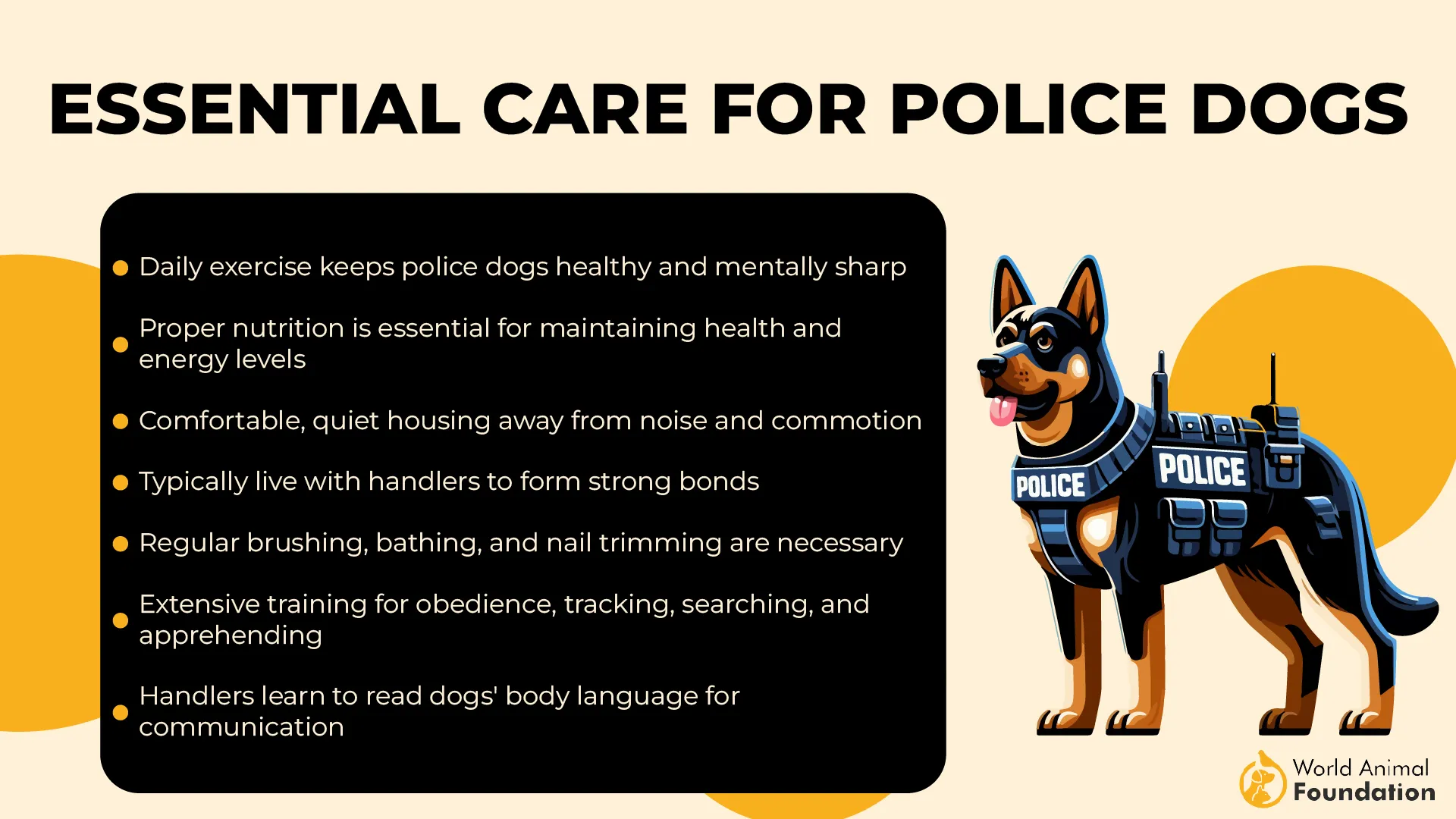
Routine brushing keeps their dense coat in good shape, but their unique double dewclaws also require consistent trimming. These thumb-like digits, once used for gripping, can be prone to overgrowth without regular care. Their sensitivity and intelligence mean they respond best to firm yet gentle training.
Fun Fact: Unlike most dogs, Beaucerons are known for having double dewclaws on their hind legs, a distinct trait that adds to their historic functionality and unique look.
3. Belgian Sheepdog
Among the most versatile and striking shepherd breeds, the Belgian Sheepdog, also called the Groenendael, boasts a flowing black coat and bright, alert eyes that reflect its high intelligence. PetMD reports that Belgian Sheepdogs form deep connections with their owners. They are attentive and intelligent, requiring consistent physical activity to stay healthy and happy.
Originally one of eight herding dogs from Belgium, this breed was developed not only for managing livestock but also for performing a wide range of tasks, from military work to search and rescue operations. With its deep-rooted herding instincts and natural eagerness to please, the Belgian Sheepdog fits right in among the most skilled working breeds.
Care Needs
These search and rescue dogs are high-energy and need much more than a daily stroll around the block. Belgian Sheepdogs thrive when given opportunities to run, play, and engage in structured training sessions.
Activities like fetch and herding trials are especially fulfilling for their sharp minds and agile bodies. Their thick double coat requires regular brushing to maintain its health and reduce shedding. These dogs do best in active households that can match their drive and offer consistent mental engagement.
Fun Fact: Beyond herding, these active dogs have taken on roles as show dogs, police K-9s, and search and rescue heroes thanks to their adaptability and sharp instincts.
4. Bergamasco Sheepdog
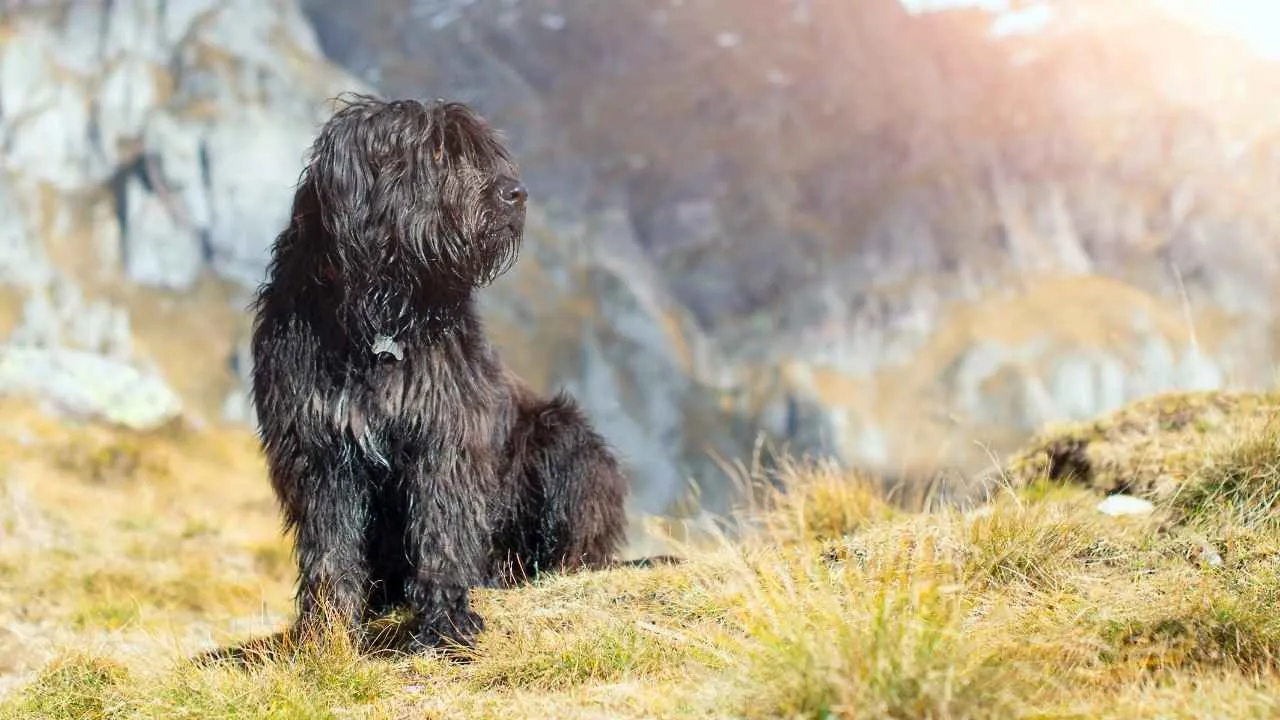
The Bergamasco Sheepdog is known for its natural herding instincts and striking appearance. Originating from the Italian Alps, this breed was historically used to manage and protect flocks across mountainous terrain.
Its calm demeanor, paired with intelligence and independence, made it an ideal partner for shepherds navigating rugged landscapes. Medium to large in size, the Bergamasco is both alert and friendly, maintaining a strong bond with its human companions.
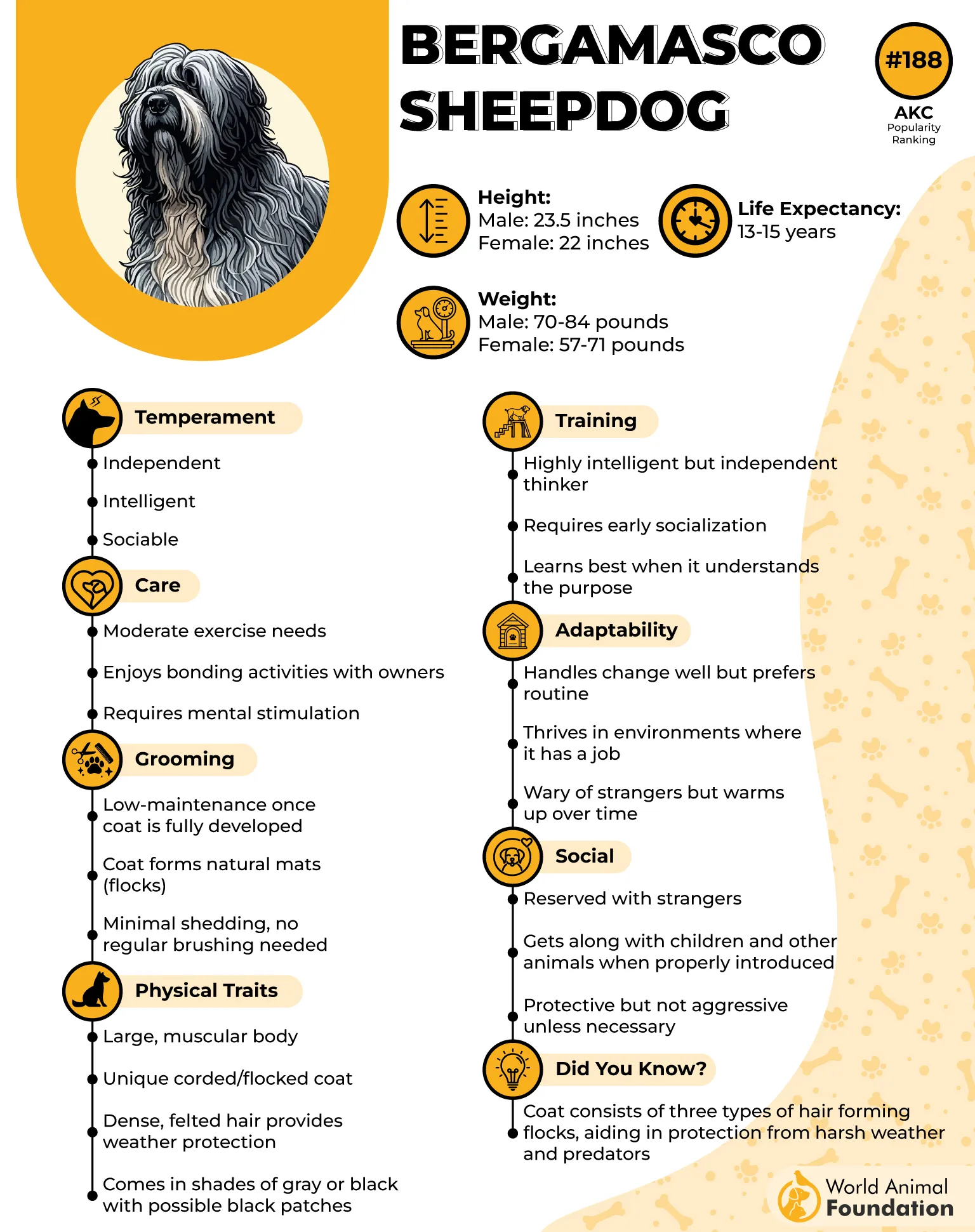
Care Needs
While the Bergamasco has a unique coat that looks high-maintenance, it’s surprisingly easy to care for. Its dreadlock-like mats form naturally and do not require brushing. In fact, these dogs only need a bath two to three times per year and are considered non-shedding, making grooming straightforward.
Exercise should be consistent but moderate, ideally involving activities shared with their owner. They don’t thrive when left alone too long and respond best to patient training and early socialization due to their independent streak.
Fun Fact: Despite their woolly appearance, Bergamascos are a low-maintenance breed when it comes to grooming and don’t shed like most shepherd dogs.
5. Border Collie
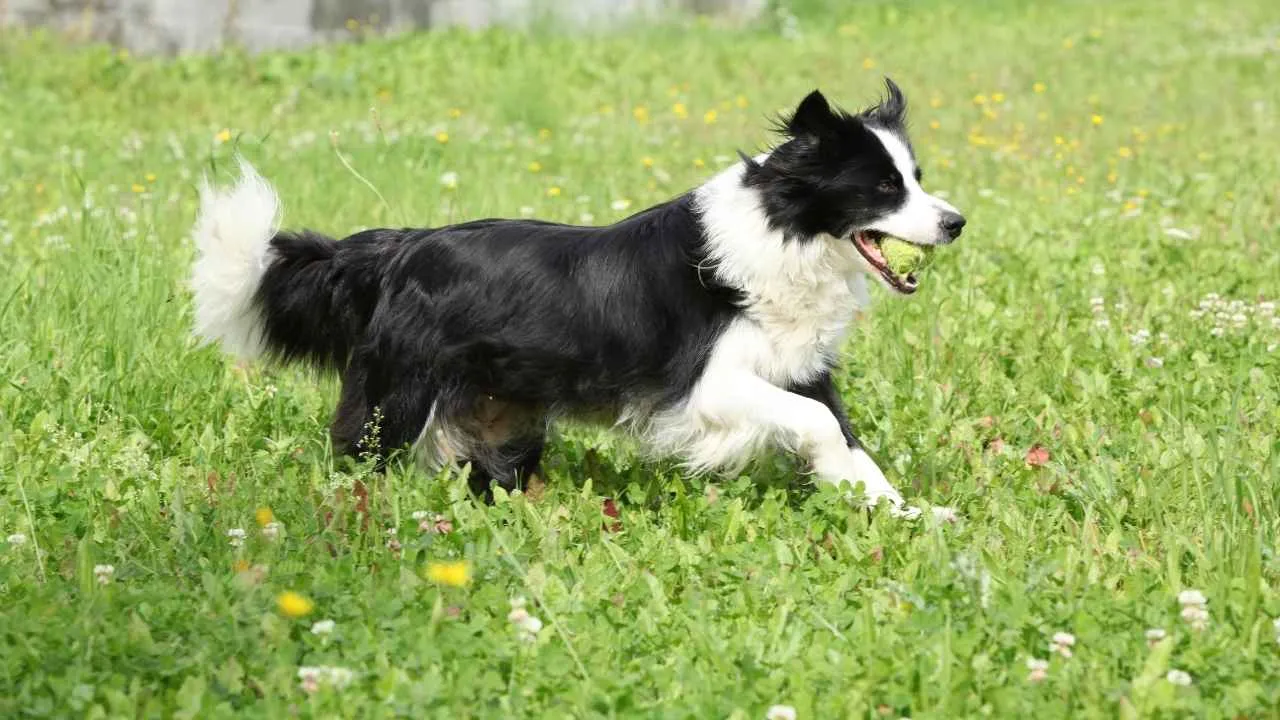
The Border Collie is built for work and thrives on purpose. Originally developed for herding sheep across rugged terrain, this medium-sized dog with a signature black-and-white coat is known for its laser-like focus and unmatched stamina.
WebMD states that Border Collies are highly driven dogs that demand plenty of time and energy from their owners. Quick to learn and eager to please, Border Collies often steal the spotlight in agility and obedience competitions, especially when they don’t have a flock to manage at home.
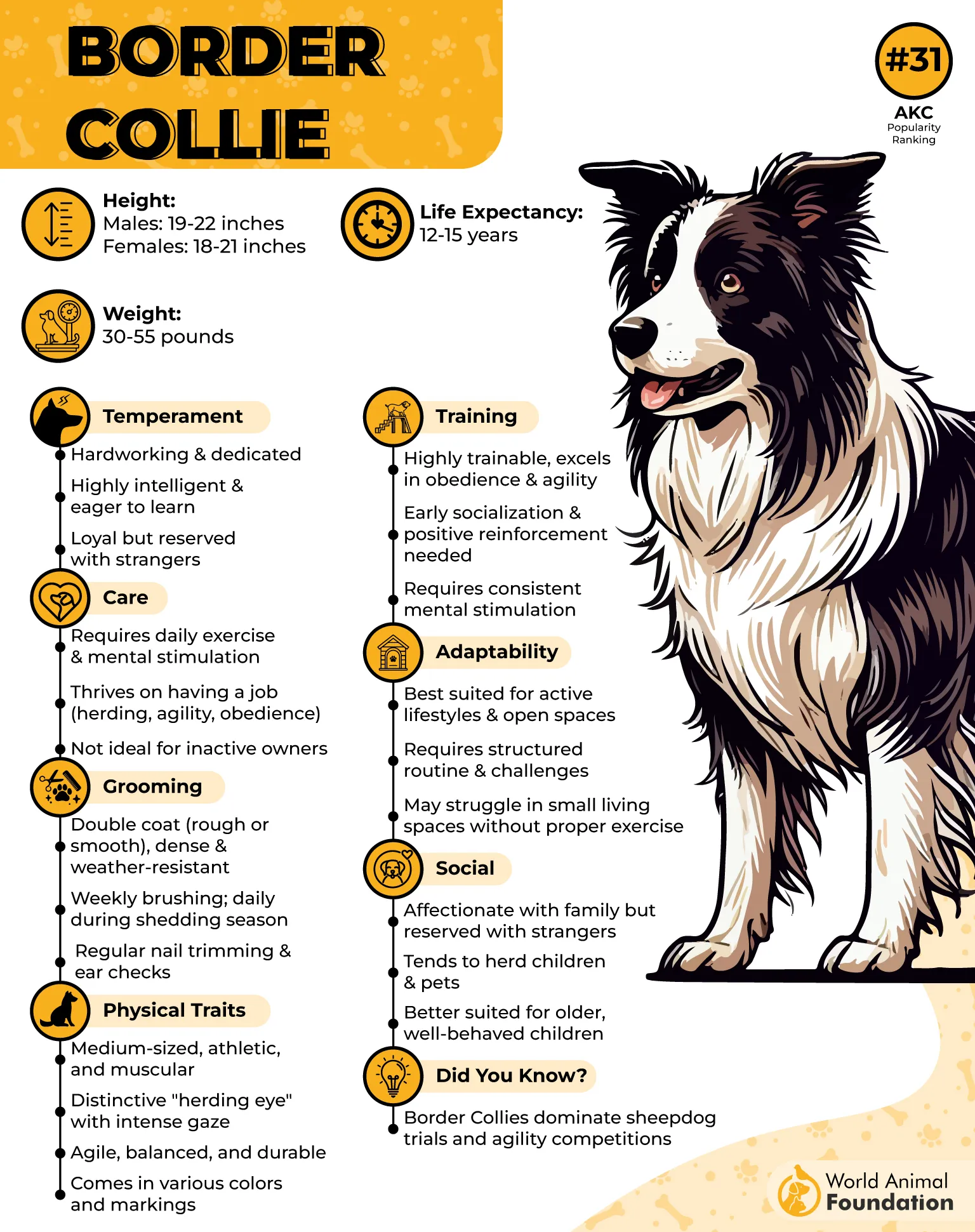
Care Needs
To stay mentally and physically satisfied, Border Collies need much more than a walk around the block. They require vigorous activity every day, such as running, obstacle courses, or herding games. Mental stimulation is equally important, as this breed can grow restless without it.
Border Collies are best suited for active homes with room to roam, and they may do better with older children due to their sensitive, high-energy nature. Routine grooming of their medium-length coat helps keep shedding manageable and ensures a tidy appearance.
Fun Fact: The Border Collie is widely considered the top herding dog in the world, famed for its sharp intelligence and natural instinct to work.
6. Briard
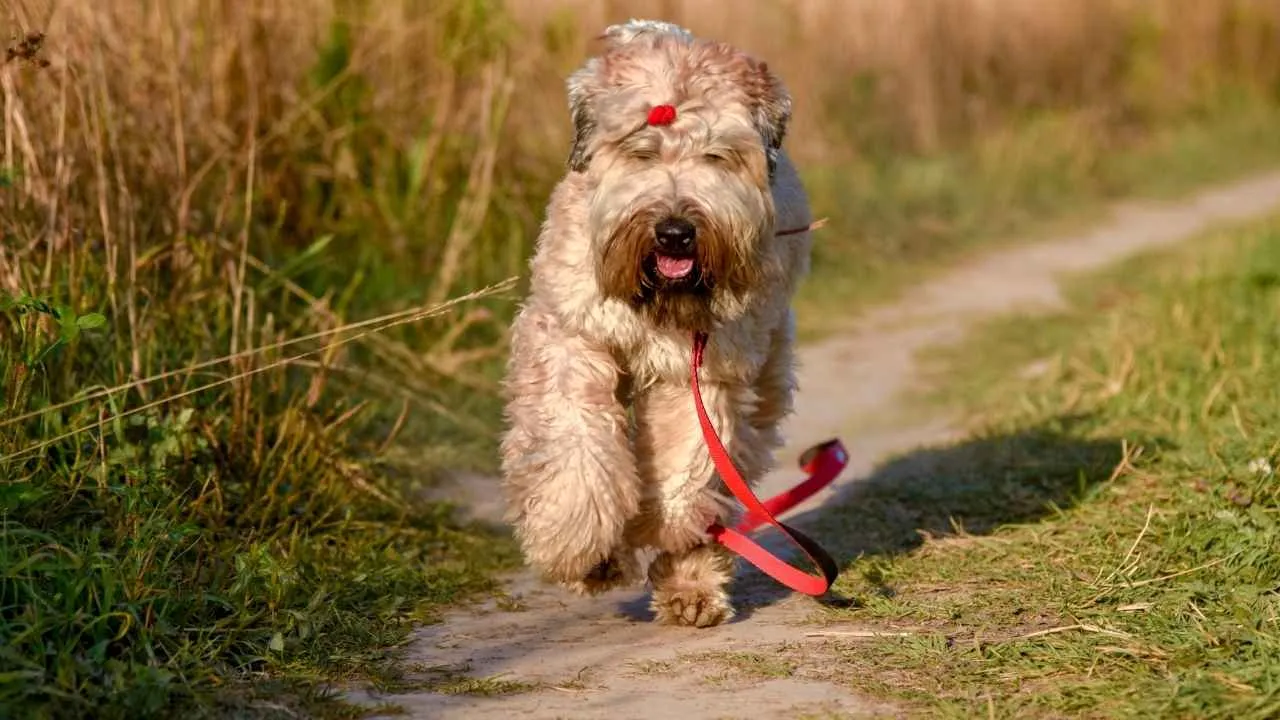
With its flowing coat, expressive eyes, and dignified presence, the Briard is a striking example of a classic shepherd dog. This breed’s history stretches back to France during the time of Charlemagne, and it even made an appearance at the first Paris dog show in 1865.
Bred to herd and guard livestock, the Briard remains an energetic, intelligent, and highly capable working dog. Its strong protective instincts and devotion to family make it both a reliable guardian and a loyal dog breed.
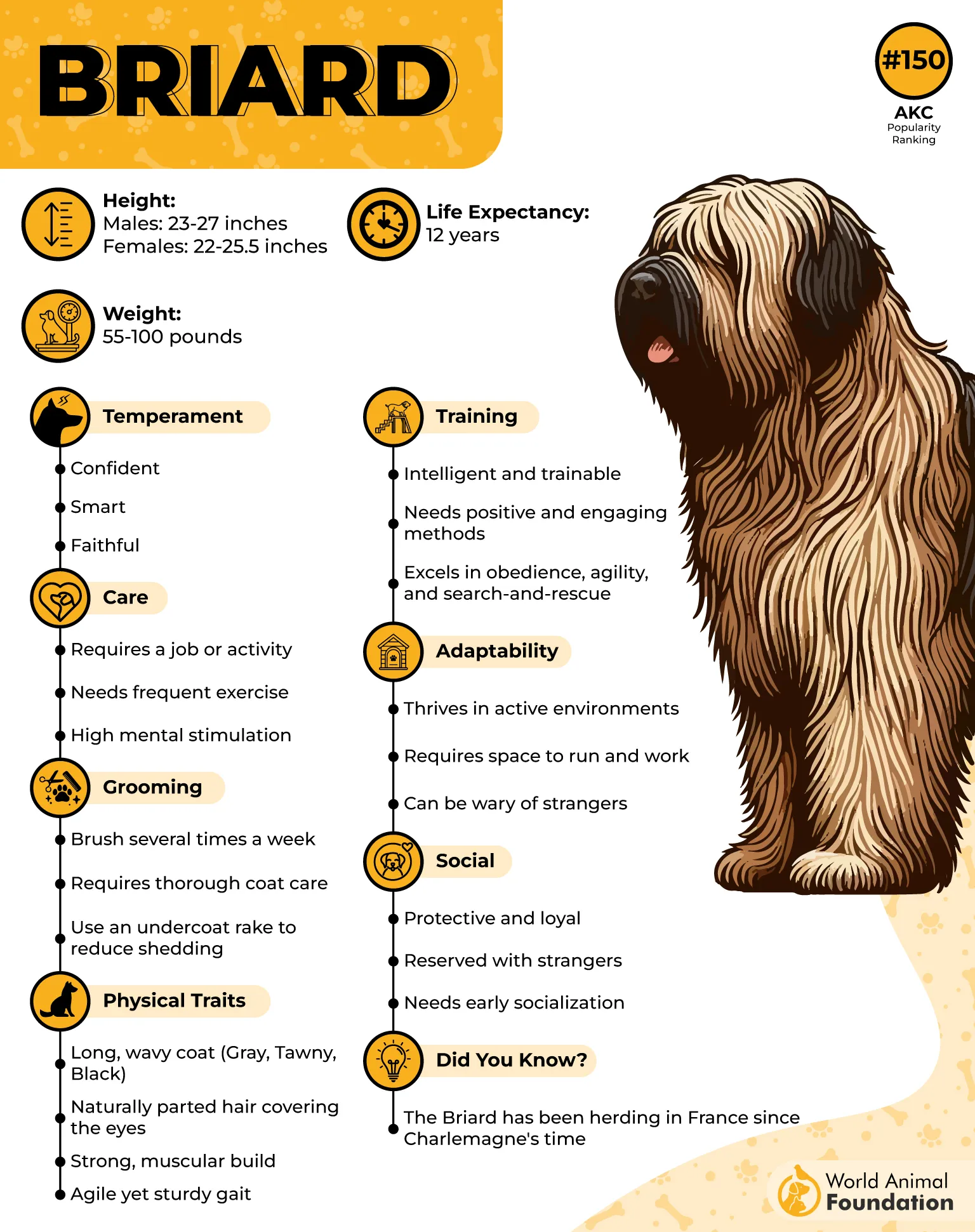
Care Needs
These guard dogs thrive when they have a task, whether it’s actual herding or interactive play. They require ample daily exercise, jogging, or outdoor exploration, to channel their abundant energy. Mental engagement is just as important as their intelligence demands stimulation. Without a job, they may resort to herding children or furniture.
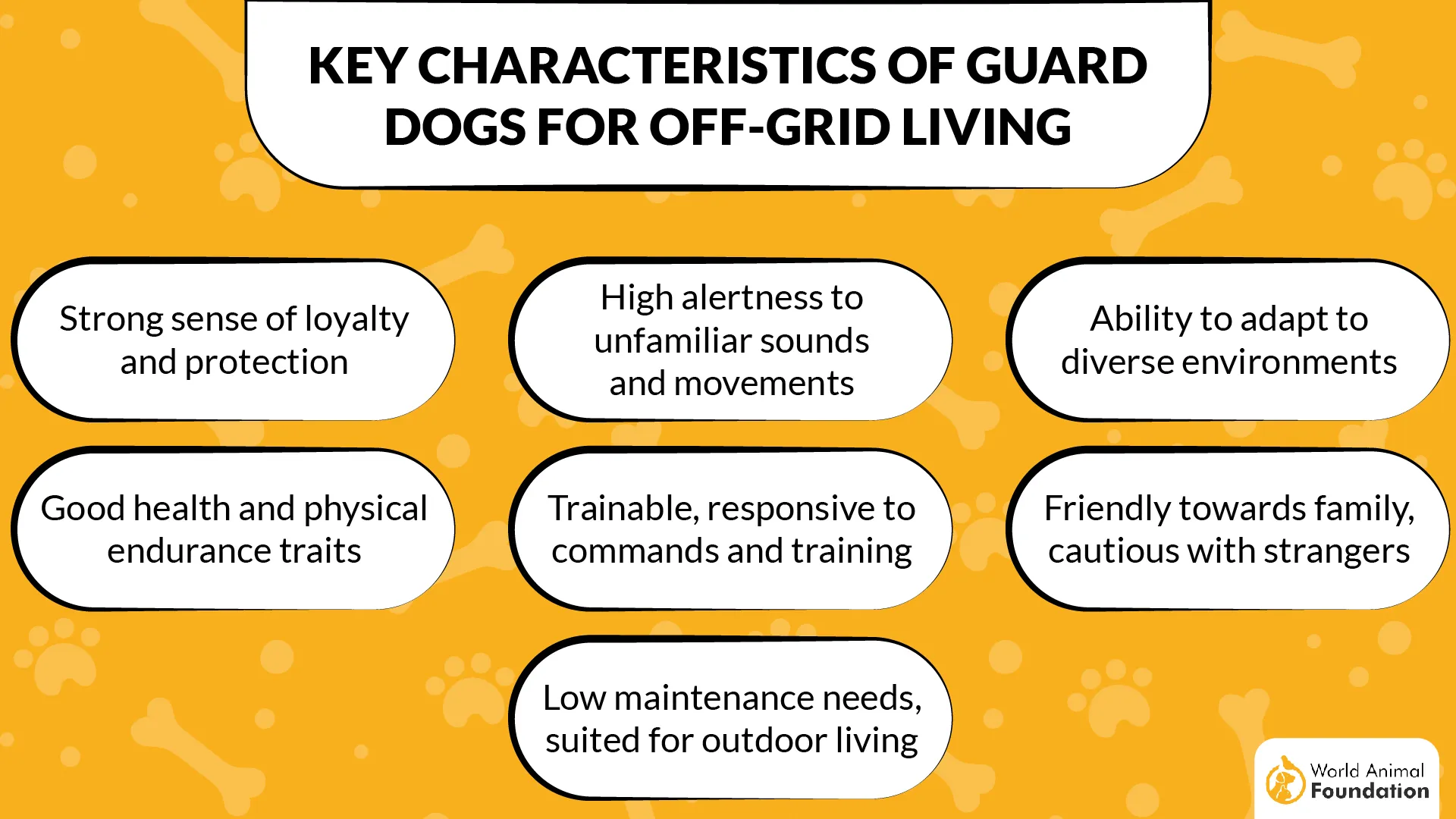
Grooming is another essential aspect of their care; their long, wavy double coat needs regular brushing to prevent matting and maintain its signature look. Positive reinforcement works best when training this independent yet quick-learning breed.
Fun Fact: Briards often sport a distinctive “peek-a-boo” hairstyle, with their long bangs naturally falling over their eyes.
7. German Shepherd
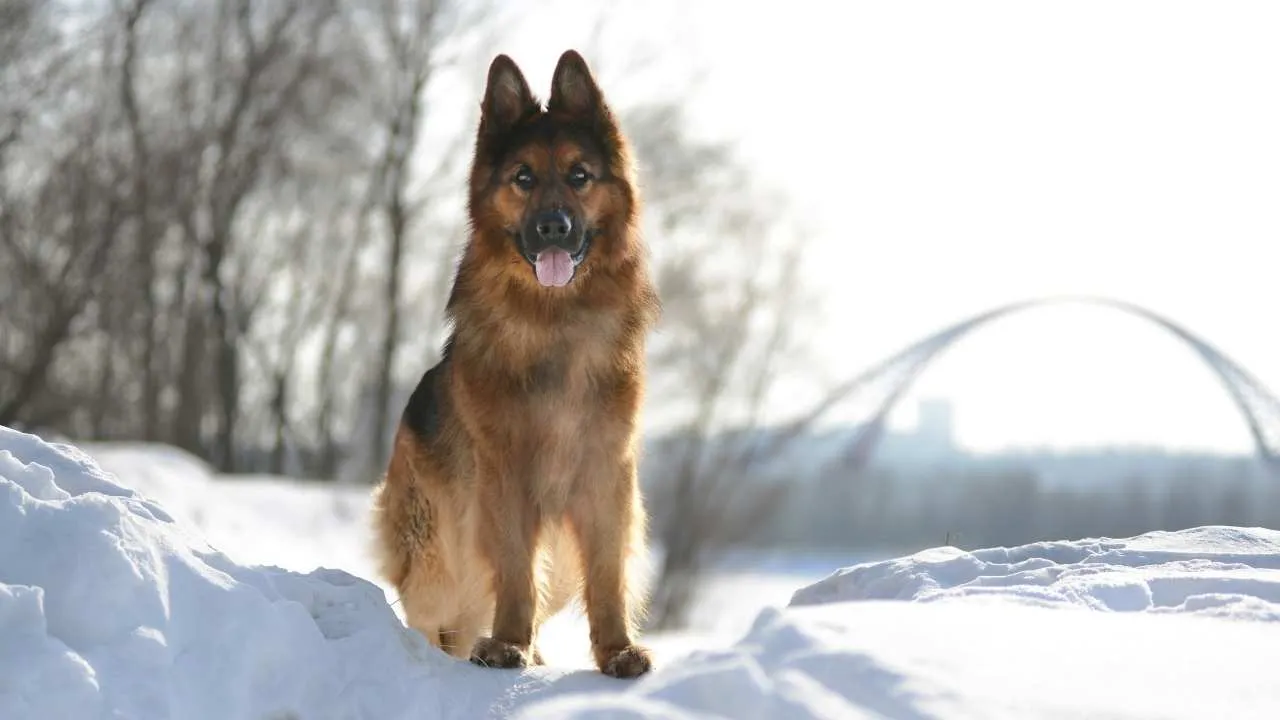
The German Shepherd is admired for its blend of loyalty, intelligence, and versatility. While originally bred in Germany for herding, the breed has evolved into one of the world’s top working dogs.

Britannica describes the German Shepherd as intelligent and loyal, often serving as a watchdog. Their signature upright ears and sharp gaze give them a serious appearance, but these dogs are also goofy, affectionate, and deeply bonded to their families.
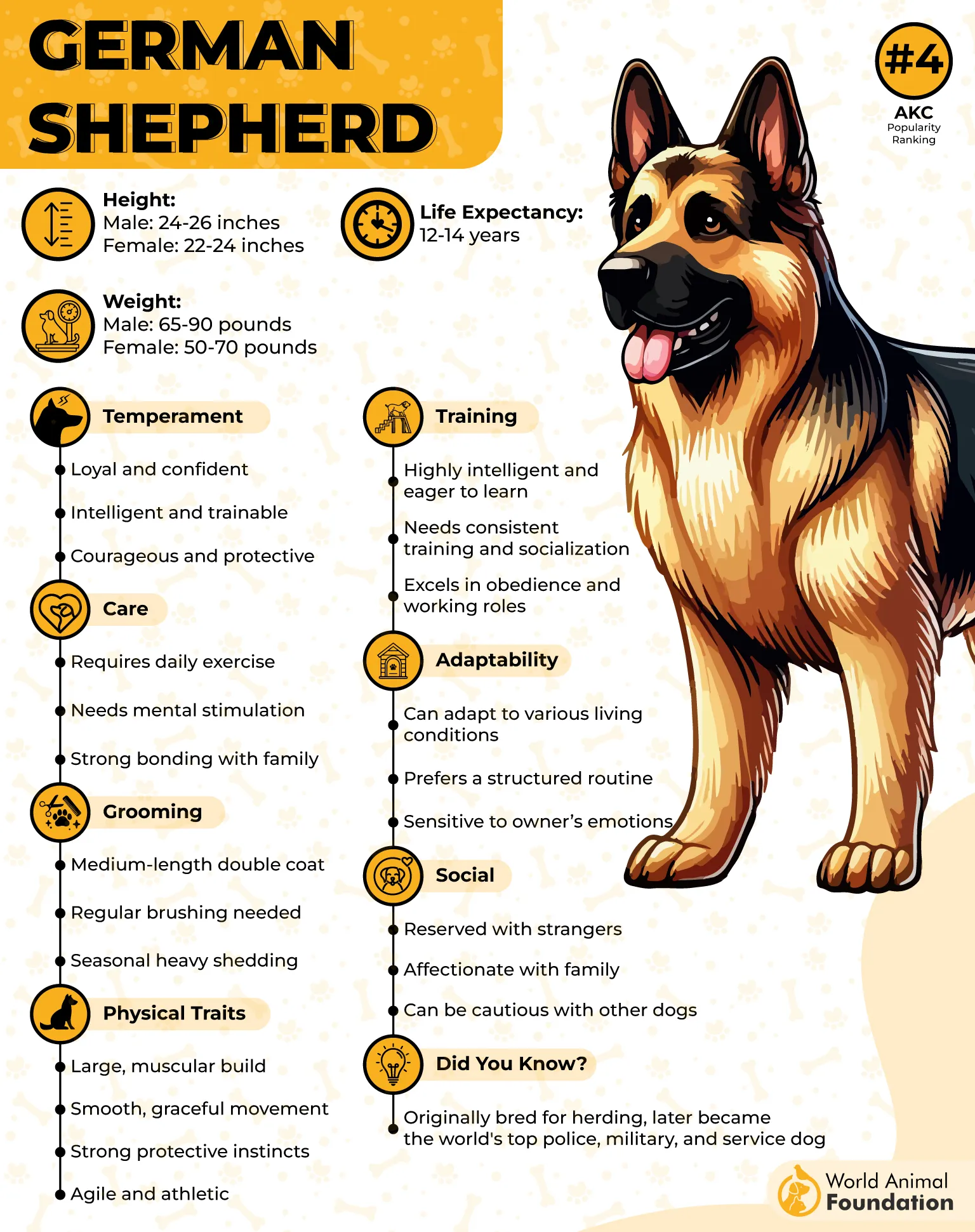
Care Needs
German Shepherds are large, high-energy dogs that thrive on activity and structure. They require a minimum of two hours of exercise each day, which can include vigorous play or herding tasks. Their double coat, whether short or long, needs regular brushing to manage shedding, especially during seasonal changes.
Socialization from a young age is vital, as they can be selective about strangers and do best when introduced early to other animals or pets. Mental stimulation is just as important as physical activity for this intelligent breed.
Fun Fact: Ranked as the third-most popular breed in the U.S. by the AKC, German Shepherds are beloved for their courage and calm demeanor.
8. Icelandic Sheepdog
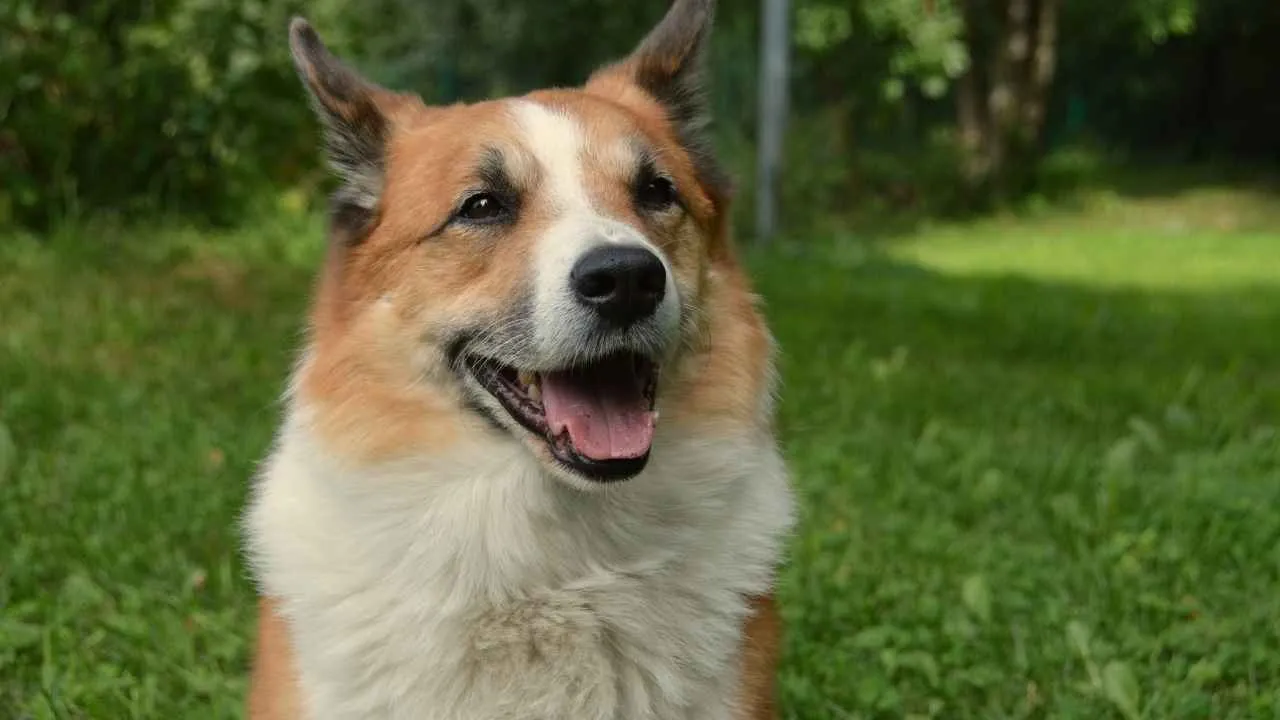
The Icelandic Sheepdog has a fox-like face, cheerful disposition, and deep-rooted history. This small to medium-sized breed, native to Iceland, is believed to have descended from dogs brought over by early Norse settlers more than 1,000 years ago.
Bred to herd livestock across rugged terrain, it fits perfectly into the shepherd dog family with its energetic, alert nature and strong work ethic.
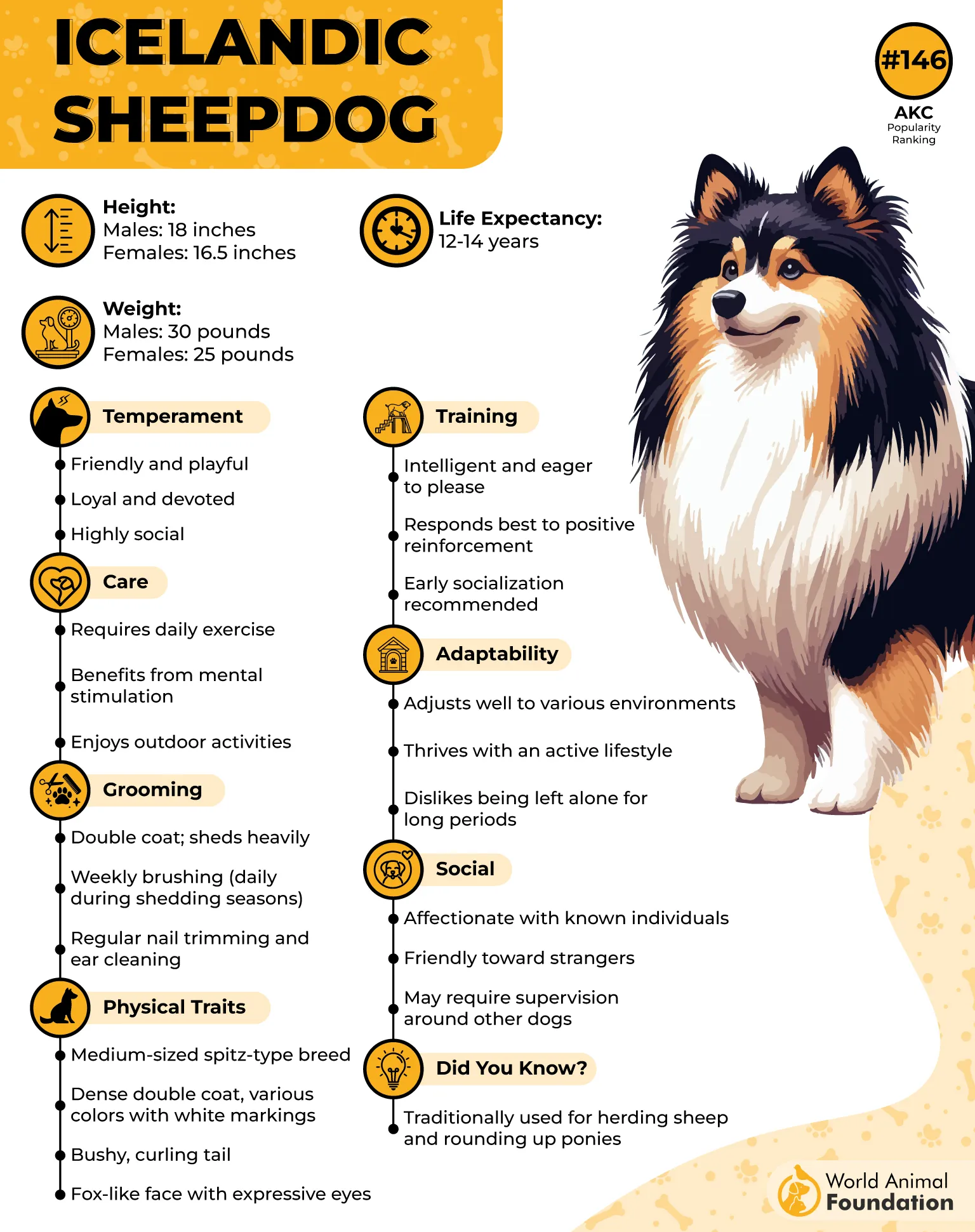
Care Needs
The Icelandic Sheepdog needs moderate exercise, which can include brisk daily walks and stimulating playtime. While they’re not as high-maintenance as some other herding breeds, they still thrive best with consistent activity and mental engagement.
Their double coat, medium in length and available in a variety of colors, paired with white, requires regular grooming to manage seasonal shedding. These dogs crave human companionship and don’t do well when left alone for long periods, so regular interaction is just as important as physical care.
Fun Fact: The Icelandic Sheepdog is the only dog breed native to Iceland, and its lineage can be traced back over a millennium.
9. Miniature American Shepherd
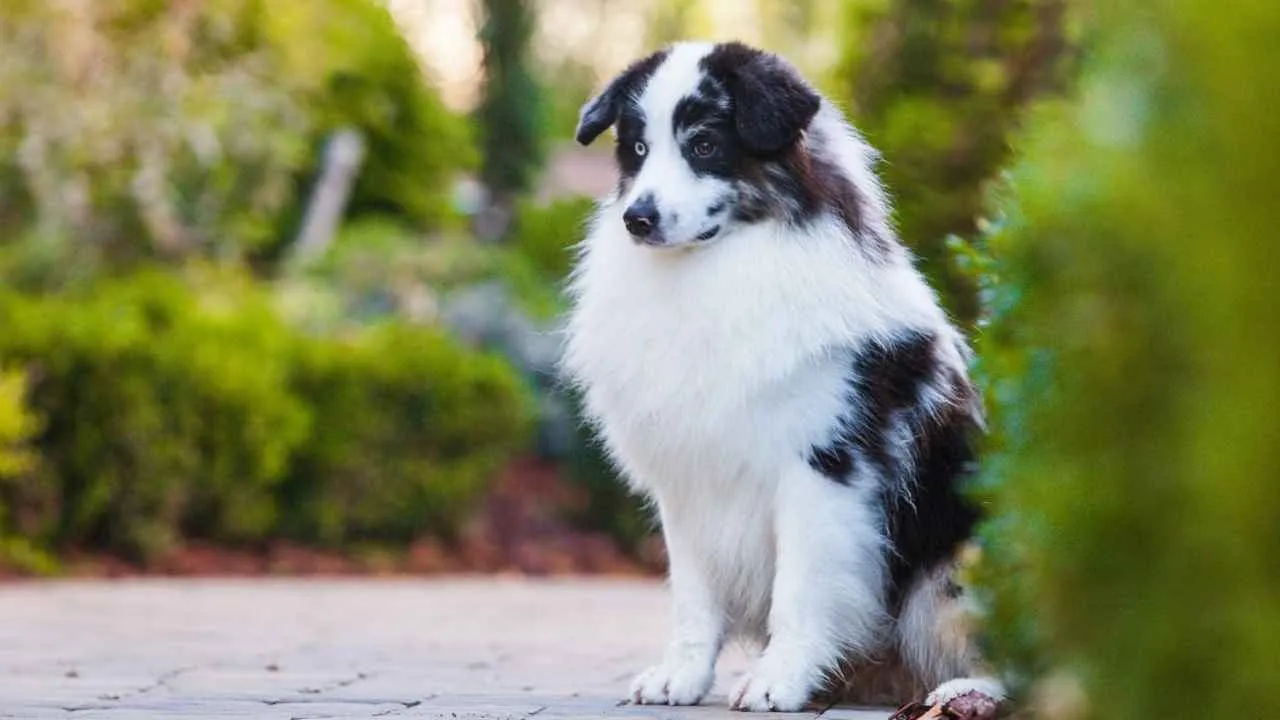
Developed by breeding down the Australian Shepherd, this compact version was designed to be a nimble, intelligent working dog, especially suited for traveling equestrians and rodeo life. Despite its modest 13–18 inch height and 20–40 pound build, this breed mirrors its larger cousin in coat type, energy, and striking merle and solid color combinations.

Care Needs
Miniature American Shepherds need both mental engagement and physical activity to stay happy. While not as demanding as full-sized Aussies, they still thrive on structured play and basic agility or obedience exercises. Their trainability makes them a joy to work with, and they love tasks that allow them to please their humans.
Their medium-length double coat, typically red, black, or merle, requires regular brushing to manage shedding and keep it healthy. Whether in a rural setting or an apartment, these dogs adapt well as long as their energy is consistently channeled.
Fun Fact: Originally bred as small rodeo dogs, Miniature American Shepherds became a favorite among traveling horse enthusiasts for their compact size and versatility.
Conclusion
Shepherd dog breeds are more than just herders; they’re intelligent, loyal, and purpose-driven companions who thrive when given structure, space, and stimulating tasks. Whether it’s the energetic Australian Shepherd or the agile Miniature American Shepherd, these dogs are happiest when they have a job to do. From the hillsides to modern homes, their instincts remain sharp, and their devotion unwavering. As recognized by the American Kennel Club, shepherd breeds like the German Shepherd Dog continue to be among the most popular and versatile canines in the world.
Other noble breeds, like the Anatolian Shepherd Dog and the White Swiss Shepherd Dog, further showcase the wide diversity. To keep these active and healthy dogs performing their best, it’s essential to provide plenty of exercise, regular veterinary care, and a diet rich in high-quality dog food. With the right environment and care, shepherd breeds become not just pets but lifelong partners in work, adventure, and family life.


